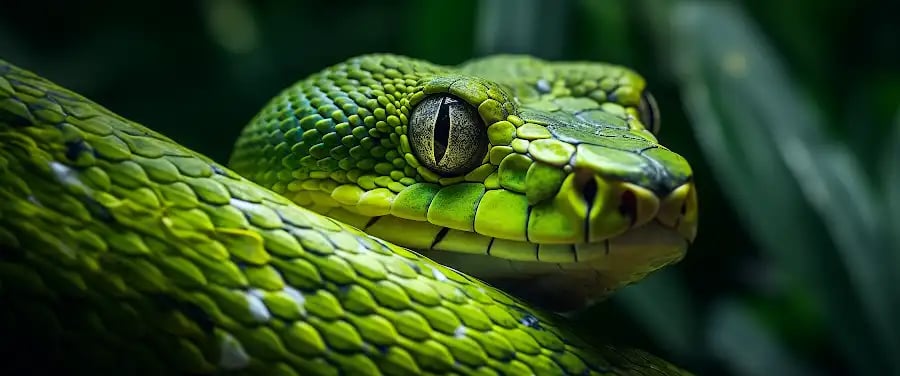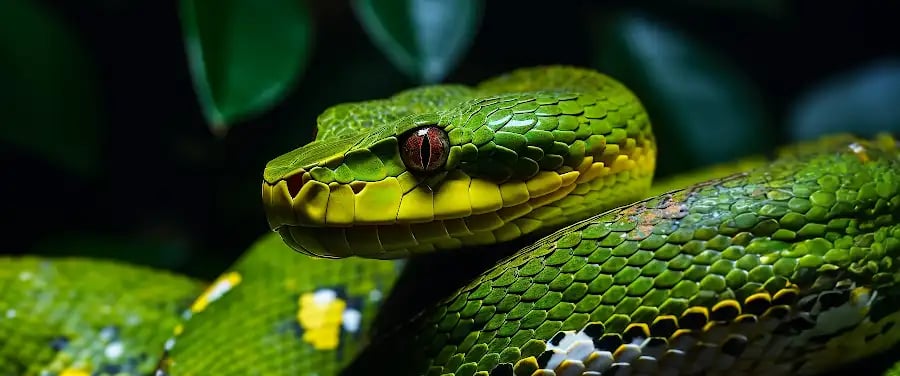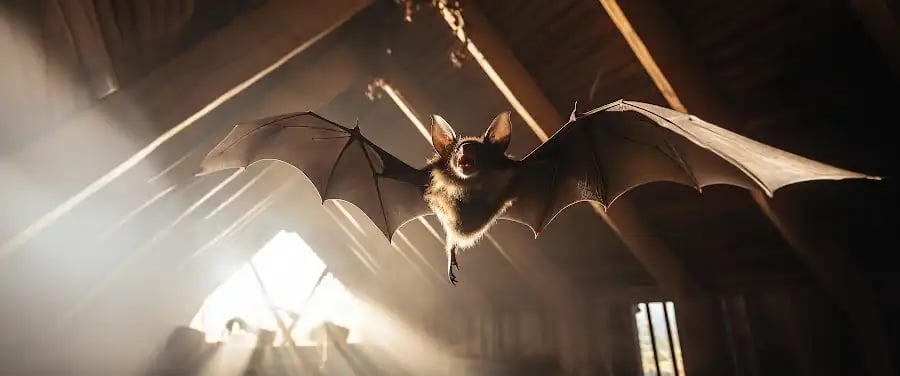
Stick around our curiosity journey as we peel the outer skin of the unknown to shed light on the fascinating world of snakes! These slithery creatures have been the stuff of legends and nightmares alike, often seen either as mystical symbols or venomous villains. Little did we know, they play significant roles in the ecosystem – integral parts of food chains and vital controllers of rodent populations.
Despite their reputation, snakes are particularly intriguing. Part of this charm lies in their diverse behaviors and diverse habitats – from arid deserts to dense rainforests – hosting an impressive collection of snake species, each uniquely equipped to thrive. Not only are snakes fascinating to study, but understanding their behaviors and habitats can also aid in human-snake conflict mitigation.
So, what really goes down in the mysterious world of snakes? Few individuals can confidently shed light on this topic. But that’s where we come in, ready to embark on this expedition into the unseen territories of snake behaviors and habitats. Let’s brace ourselves as we dive into the first wave of our exploration starting with the question: “What are the Common Behaviors Exhibited by Snakes?” We guarantee, by the end of this engaging journey, your view of these misunderstood creatures will be entirely transformed. The rollercoaster ride begins, hold tight!
Do Snakes Behave Differently in Different Habitats?

Indeed, snakes exhibit distinct behaviors across different habitats, primarily due to varying geographical influences. For example, rainforest snakes adapt differently compared to desert snakes. Similarly, aquatic snakes demonstrate unique survival skills than those of terrestrial, or land-based, snakes. Understanding snakes’ diverse behaviors between temperate and tropical climates can illuminate the differences in their survival mechanisms.
Rainforest Snakes vs Desert Snakes
Rainforest snakes, like the vibrant Green Tree Python, conquer the richly dense foliage of tropical rainforests, mastering the art of vertical climbing. Their prehensile tails and slim bodies allow them to glide effortlessly, thriving in the treetops.
On the flip side, desert snakes, such as Sand Vipers, endure the scorching, arid deserts. These snakes manifest the perfect camouflage tactics, burying themselves in the sand as protection from predators and the harsh sun.
Aquatic Snakes vs Land-based Snakes
Aquatic snakes, like the formidable Anaconda, are experts of water bodies. They use their paddle-like tails for swift movements and have the capacity to hold their breath for agonizingly long periods.
Comparatively, terrestrial snakes, like the menacing King Cobra, rule the land. They rely on their specialized forked tongues and Jacobson’s organ for navigation and hunting.
Temperate vs Tropical Climate Snakes
Temperate climate snakes, like the Grass Snake, brace harsh winters by entering a state of brumation, a form of hibernation for reptiles. Conversely, in tropical climates, snakes like the Boa Constrictor enjoy year-round warm weather, eliminating the need for brumation.
All these unique behaviors reveal how snakes ingeniously adapt to their surroundings.
What are Some Specific Snake Adaptations to Habitats?
Arboreal Adaptation: Tree Snakes
Tree snakes, such as the Green Vine Snake, have mastered arboreal adaptation. Their slender body and long, prehensile tails permit them to navigate through high canopies effortlessly.
Aquatic Adaptation: Sea Snakes
Sea snakes, like the Yellow-Bellied Sea Snake, dominate the ocean with superior aquatic adaptation. These snakes exhibit flattened, paddle-like tails for seamless swimming and can extract some oxygen directly from the water via their skin!
Desert Adaptation: Sand Snakes
Sand snakes, like the Sahara Sand Viper, thrive in the heart of hot deserts using the ingenious desert adaptation. They burrow into the sand to stay cool and camouflaged from potential threats.
How Do Sea Snakes Survive in Their Habitat?
Sea snakes astonish us with their remarkable survival skills. Effective osmoregulation enables sea snakes to balance their internal body salts despite being surrounded by salty ocean water. Their lungs have amazingly evolved for longer dives, extending up to one-third of their body length. Besides, a laterally compressed tail works as a powerful paddle propelling them through the ocean depths.
Understanding these unique snake behaviors and adaptations can help foster appreciation and conservation efforts for these stunning reptiles.
As we continue to unravel the unknown facts about snake behaviors and their habitats, it’s equally crucial to probe into their contributions to the ecosystem. So, stay tuned!
How Do Snakes Contribute to the Ecosystem?

Just as every ring within the majestic tree of life has its unique function, so too do these slithering creatures we call snakes. Many people overlook the crucial part snakes play in the functioning of the ecosystem. They’re integral to the network of life and it’s not an overstatement to say the continuity of many species, and the ecosystem at large, depends on these hissing beings.
As stealthy predators, snakes aid in the control of pest populations. Imagine having picnic with your family at a local park, only to have it interrupted by swarms of rodents. Thanks to predators like snakes, rodent populations stay in check. Some species of snakes are particularly fond of mice and rats and consume them in large numbers, thus contributing to pest control and protecting our crops and homes from these potential pests.
On the flip side, snakes also play the part of the prey, prowling at the bottom of the food chain and offering a valuable food source for larger predators. Birds, foxes, crocodiles, and even other snakes are known to occasionally make a meal of a less fortunate snake. The loss of snake life, grim as it may seem, actually supports the survival of other species and helps to maintain the ecosystem balance.
Lastly, snakes indirectly influence vegetation through their prey. By controlling the quantity of certain small mammals who nibble on plant seeds, they ensure the survival of local flora. Indirect as it may be, this shows the domino effect every creature, including snakes, has on the ecosystem.
Sometimes, the sheer complexity and intricate balance of nature can take our breath away. In the grand scale of ecosystems, every creature, no matter how fearsome or misunderstood, has its part to play. Snakes, with their slithering elegance and vital role as predators, prey, and influencers of vegetation, are no exception.
In an article by the California Department of Fish and Wildlife, it states that snakes are vital for the ecosystem’s proper functioning. It’s crucial we confront any misconceptions about these creatures and learn their true role in preserving the delicate balance of nature.




